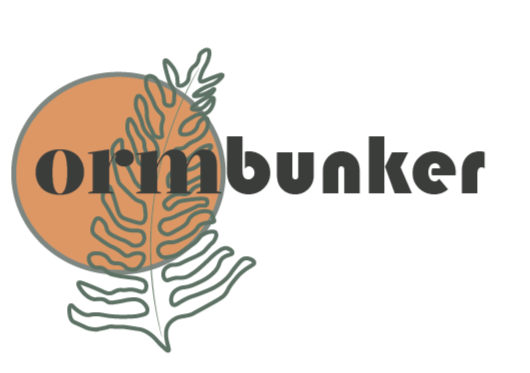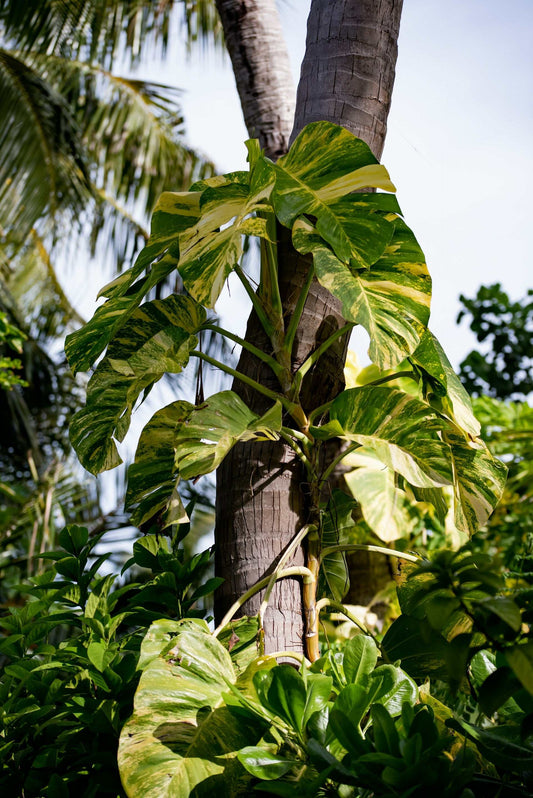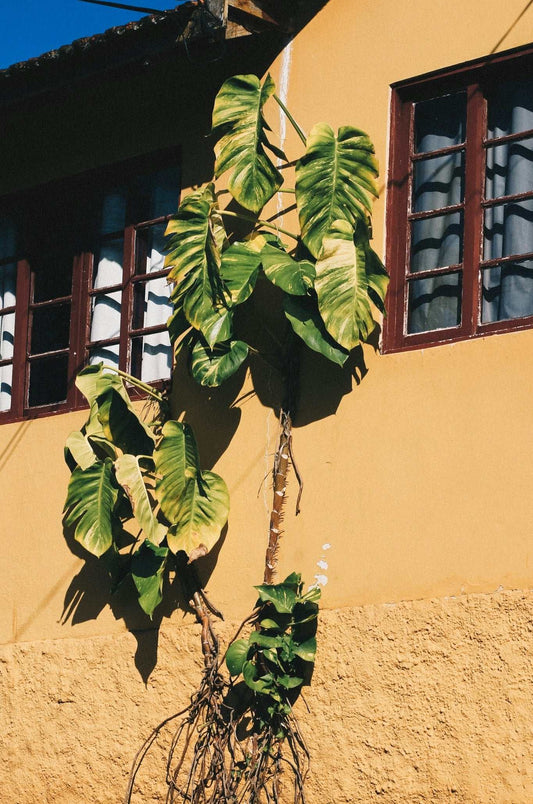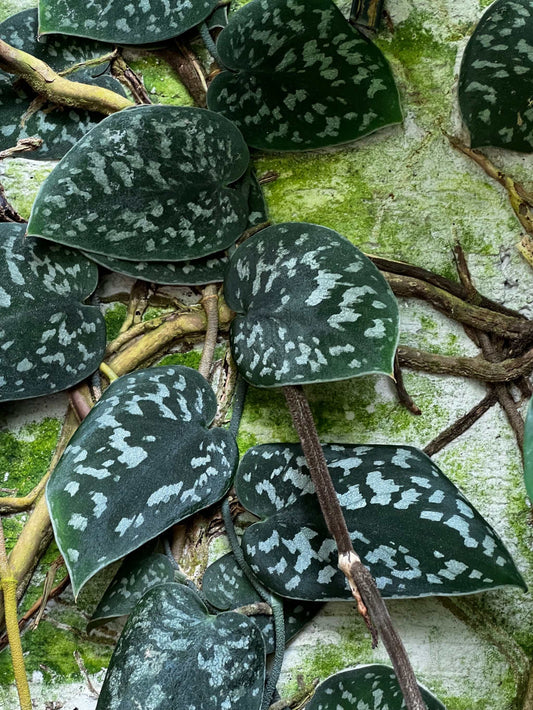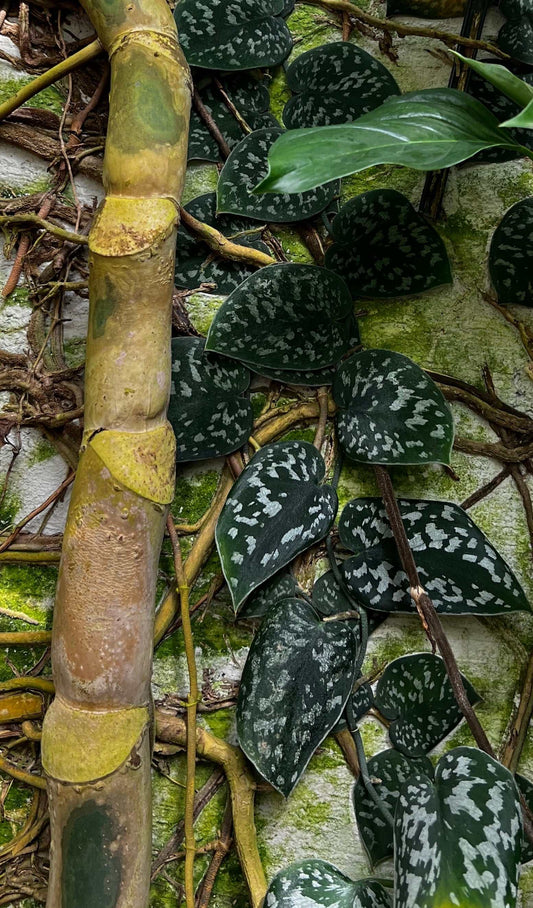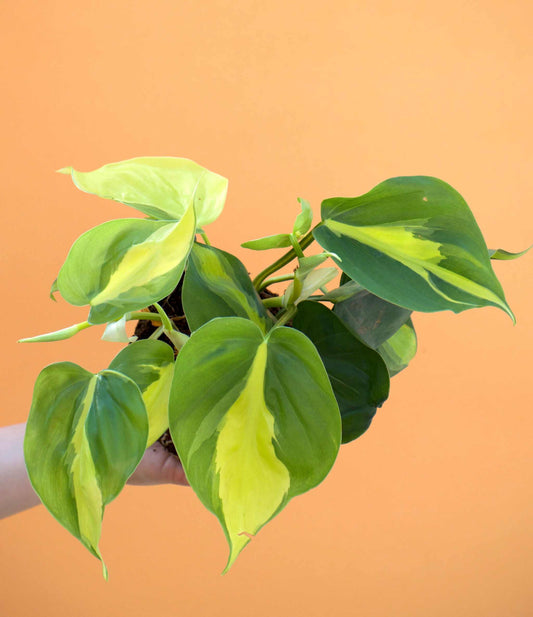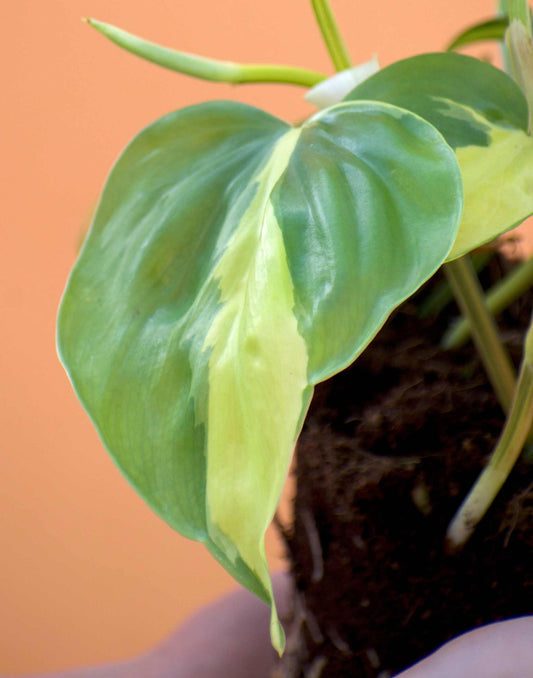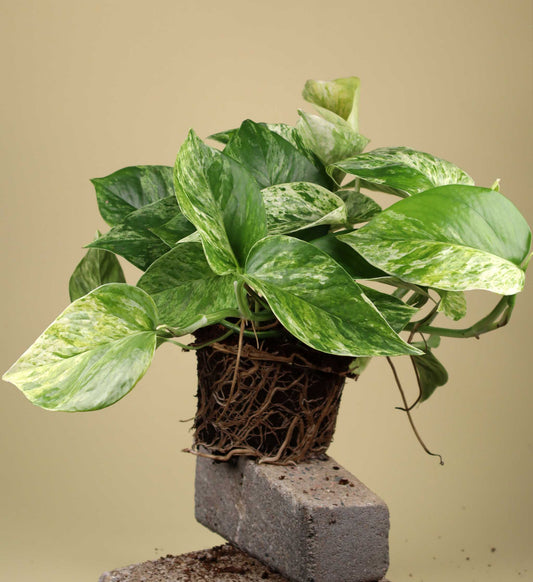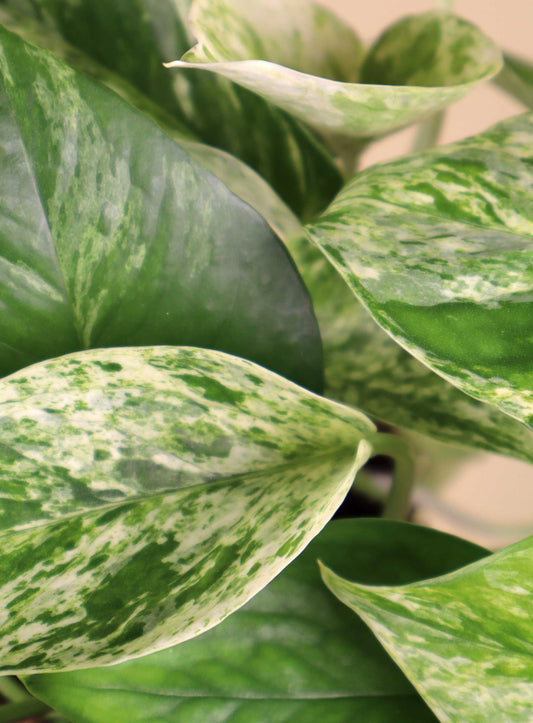Share
Hearts on a thread, an incredibly cute plant with charm
Hearts on a thread is originally from southern Africa where it grows as a climbing or hanging plant in dry and rocky environments.
It has become a favorite for our windowsill or bookshelf and it is easy to see why. It is hardy, prefers to dry out rather than wilt, and is easy to propagate. It also blooms with small, strange, lantern-shaped flowers, which gave rise to the name lantern vine .
Below we go through the care of hearts on a string, from soil to propagation.
Light
How much light does a heart on a string need? It likes a lot of light but can also handle light shade. For the best color on the leaves, especially in variegated varieties, it should be placed in a bright window but protected from the strongest sun in the middle of the day. If it is placed too dark, it will become sparse and the leaves will lose color.

Soil
Choose a well-drained soil with plenty of air. Cactus soil mixed with a little perlite works well. Hearts on a Wire do not like to be in wet soil, as the roots will rot quickly. It is better to water infrequently than too often. Let the soil dry out completely between waterings.
Transplantation
Repotting is not necessary very often. The plant thrives quite well even in a slightly cramped pot. But about every two years it may be time to give it new soil and perhaps a slightly larger pot. Take the opportunity to check for tubers, small round swollen parts along the vines that store water, they can also be used for propagation!
Investment
Let the hearts hang on a wire from a shelf, hanging basket or window frame. The vines can get really long but you can cut them to make the plant bushier. If you want it to climb, you can give it a little support or wrap the vines around a hoop.

Common problems
Yellow leaves or leaves falling off usually indicate overwatering. Feel the soil, if it is wet it is time to let it dry out thoroughly before the next watering. Pests are uncommon but can occur, keep an eye on new vines and leaves. Use beneficial insects to protect the plant from pests. Montdorensis and Californicus predatory mites together provide very good protection against the most common pests.
Proliferation
It is easy to propagate hearts on wire. You can take cuttings from the vines, preferably with a tuber, and place them on top of soil or put them in water until they get roots. You can also root hearts on wire directly in soil by pressing a tuber down with a small piece of vine. After a few weeks, you will have a new plant.
Are hearts on thread poisonous?
No, it is not considered toxic to humans or pets. A safe plant to have in the home even if the cat is curious.w
In conclusion, Ceropegia woodii is a beautiful and easy-care plant that suits most people. It can withstand being forgotten sometimes, gives you heart-shaped leaves in abundance and can be propagated very easily. If you are looking for something that is both durable and charming, hearts on wire are an obvious choice.
